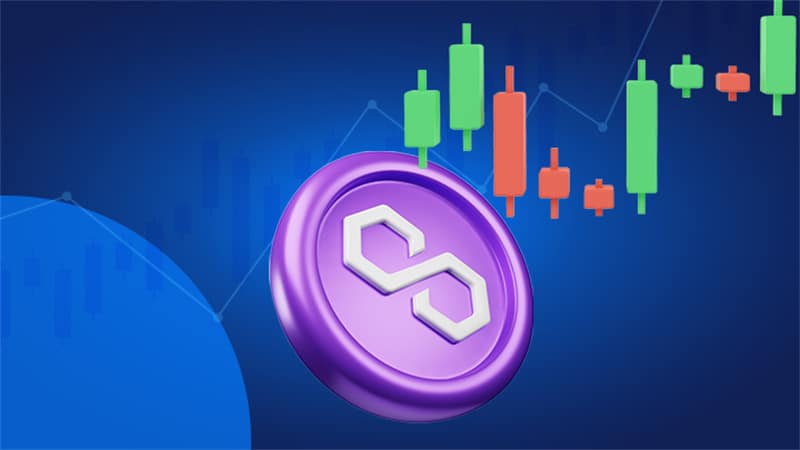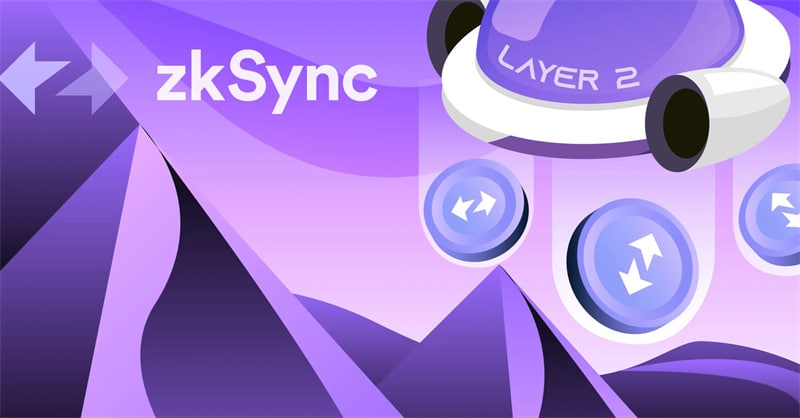
Scalability is a crucial issue that needs to be resolved as the crypto business is continually changing.
Off-chain solutions also referred to as layer 2 scaling solutions, are created to handle this problem. These are extra protocols that are added to a blockchain network to improve it.
Today's trading platforms, like the Bitcoin Union trading platform, are gradually adopting cryptocurrency as the main method of day trading. The six most important Layer 2 crypto projects will be highlighted in this article.
Polygon (MATIC)

Polygon, formerly known as Matic Network, is widely used. This open-source, ETH-based network promises to increase scalability by enabling quicker and less expensive transactions. Over the past year, Polyg0on has experienced remarkable expansion, and its network now supports more than 450 decentralized applications (DApps).
One of the advantages of Polygon is its ease of use. Developers can easily deploy their DApps on the Polygon network using the Ethereum Virtual Machine (EVM) and Solidity programming language. Additionally, Polygon has recently announced several partnerships, including collaborations with Google Cloud and Hermez Network.
Optimism
Optimism is a Layer 2 scaling solution designed for Ethereum that aims to provide faster and cheaper transactions while maintaining the same level of security as the ETH network. It accomplishes this by using an Optimistic Rollup mechanism that enables multiple transactions to be bundled into a single batch, resulting in faster confirmation times and lower gas fees.
Optimism has gained significant attention in the crypto community, with several notable DeFi projects such as Uniswap and Synthetix planning to launch on the Optimism network in the near future. Furthermore, Optimism recently raised $25 million in a funding round led by a16z, signaling strong support for the project's potential.
Arbitrum
Arbitrum is a Layer 2 scaling solution for Ethereum that aims to improve scalability by enabling smart contracts to be executed off-chain. This results in faster transaction confirmation times and lower gas fees. Arbitrum uses an Optimistic Rollup mechanism similar to Optimism, but with a different implementation.
Arbitrum has gained significant traction in recent months, with several popular DeFi projects such as Aave and Curve Finance launching on the network. Additionally, Arbitrum has raised $120 million in a funding round led by Lightspeed Venture Partners, signaling strong support for the project's potential.
zkSync

zkSync is a Layer 2 scaling solution designed for ETH that aims to improve scalability by using zero-knowledge proofs to enable off-chain transactions. This results in faster transaction confirmation times and lower gas fees. Furthermore, zkSync claims to provide the same level of security as the Ethereum network.
zkSync has recently gained attention in the crypto community, with several popular DeFi projects such as Gitcoin and DeversiFi integrating with the network. Additionally, zkSync has raised $15 million in a funding round led by Paradigm, signaling strong support for the project's potential.
StarkNet
StarkNet is a Layer 2 scaling solution for Ethereum that aims to improve scalability by using a zero-knowledge proof system to enable off-chain execution of smart contracts. This results in faster transaction confirmation times and lower gas fees. Additionally, StarkNet claims to provide the same level of security as the ETH network.
StarkNet has recently gained significant attention in the crypto community, with several popular DeFi projects such as Aave and Curve Finance planning to launch on the network. Furthermore, StarkNet has raised $75 million in a funding round led by Paradigm and Sequoia Capital, signaling strong support for the project's potential.
Loopring
Loopring is a Layer 2 scaling solution for ETH that aims to improve scalability by facilitating the exchange of assets across different blockchains. It is an open-source protocol that uses zkRollups, a type of zero-knowledge proof, to enable fast and secure transactions.
One of the advantages of Loopring is its flexibility. It supports the exchange of various types of assets, including cryptocurrencies, stablecoins, and non-fungible tokens (NFTs). Furthermore, Loopring allows users to trade assets without needing to trust a central party, as the transactions are executed using smart contracts.
Conclusion
In summary, Layer 2 scaling solutions have gained popularity in the cryptocurrency sector, and a number of initiatives have shown great potential for enhancing the scalability of blockchain networks.
The six projects mentioned in this article—Polygon, Optimism, Arbitrum, zkSync, StarkNet, and Loopring—have all attracted attention from the cryptocurrency community and have received sizable sums of money, indicating a strong level of support for their future prospects.










